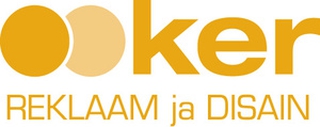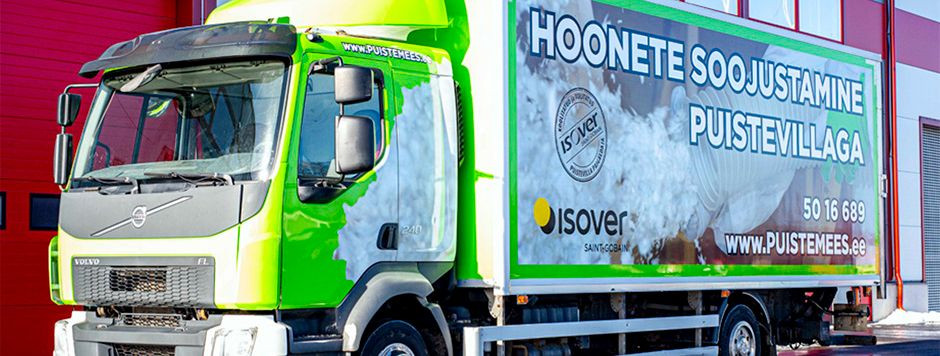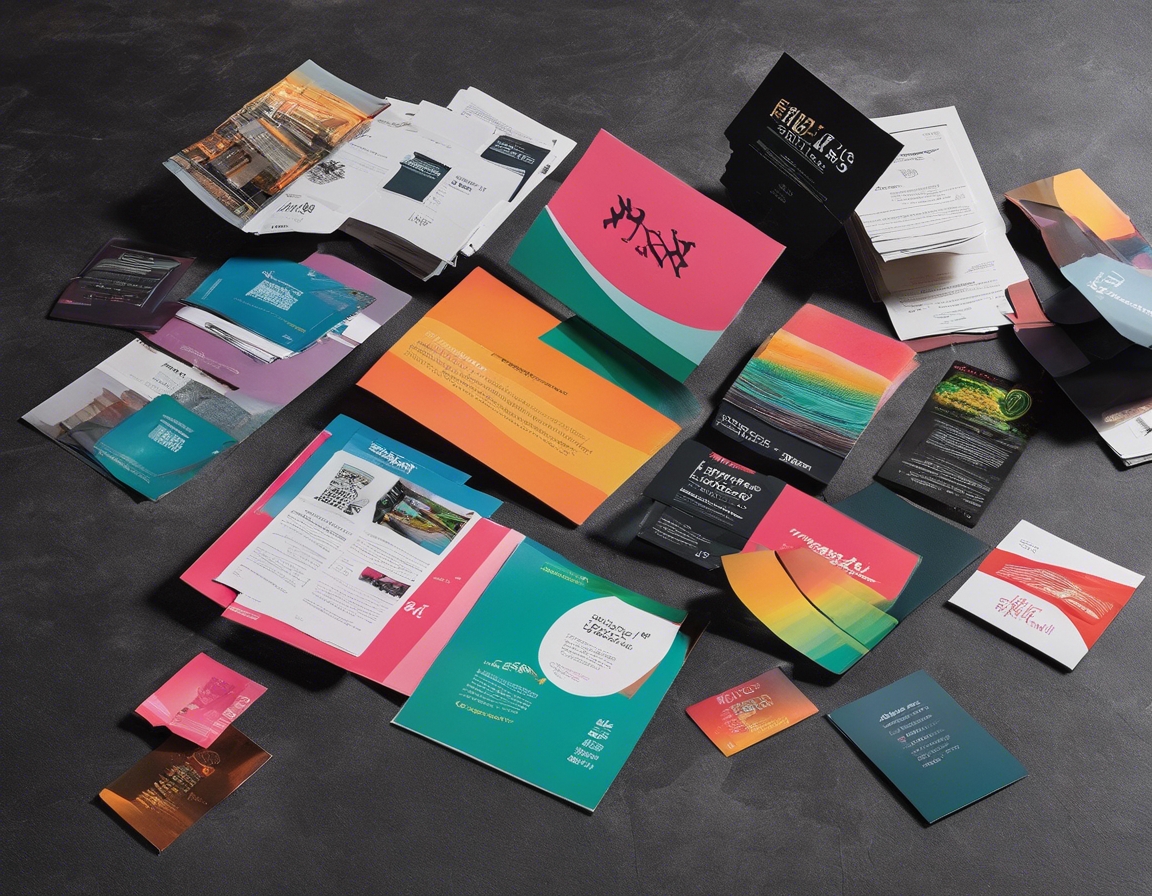The evolution of vehicle wrapping and its benefits
Vehicle wrapping refers to the process of covering a vehicle's original paint with a thin, adhesive vinyl film. This practice dates back to the early 20th century when vehicles were hand-painted with advertisements and company logos. However, it wasn't until the 1950s and 1960s that vinyl chloride materials began to be used for vehicle signage, marking the inception of what we now recognize as vehicle wrapping.
The shift from traditional hand-painting to vinyl wraps was driven by the need for a more efficient, durable, and changeable advertising medium. Vinyl wraps offered a revolutionary way to brand and customize vehicles without the long-term commitment of paint.
The Advancements in Vehicle Wrapping Technology
Over the years, the materials used for vehicle wraps have evolved significantly. Early vinyl wraps were thick and difficult to apply. Modern wraps are made from high-quality, flexible cast vinyl that can conform to the intricate shapes of vehicles and last for years.
Advancements in digital printing technology have allowed for high-resolution, full-color graphics to be printed on vinyl wraps. This has opened up endless possibilities for custom designs and branding opportunities.
Installation methods have also seen substantial improvements. Professional installers now use advanced tools and techniques to ensure a seamless finish, minimizing the risk of bubbles and wrinkles.
The Benefits of Vehicle Wrapping
Compared to traditional paint jobs, vehicle wraps offer a cost-effective alternative for businesses. They require less labor and can be easily removed or changed, allowing for frequent updates to marketing campaigns.
High-quality vehicle wraps protect the underlying paint from scratches, sun damage, and minor abrasions, potentially preserving the vehicle's resale value.
Vehicle wraps serve as mobile billboards, providing high visibility for brands on the road. This form of advertising can generate thousands of impressions daily, making it a powerful marketing tool.
The versatility of vehicle wraps allows for full customization, from simple logos and contact information to complete, eye-catching vehicle transformations.
Unlike paint, which can contain harmful chemicals, vehicle wraps are a more eco-friendly option. They produce fewer volatile organic compounds (VOCs) and are recyclable in some cases.
Vehicle Wrapping in Today's Business Environment
Today, vehicle wrapping is an integral part of the advertising strategy for many businesses. It offers a unique way to stand out in a crowded market and can be particularly effective for local businesses looking to make an impact in their community.






Comments (0)